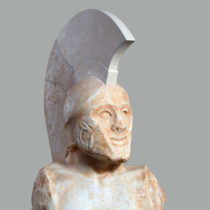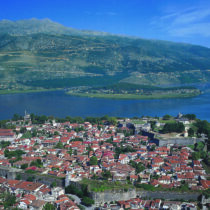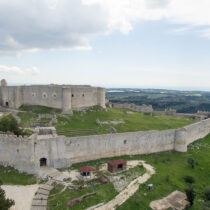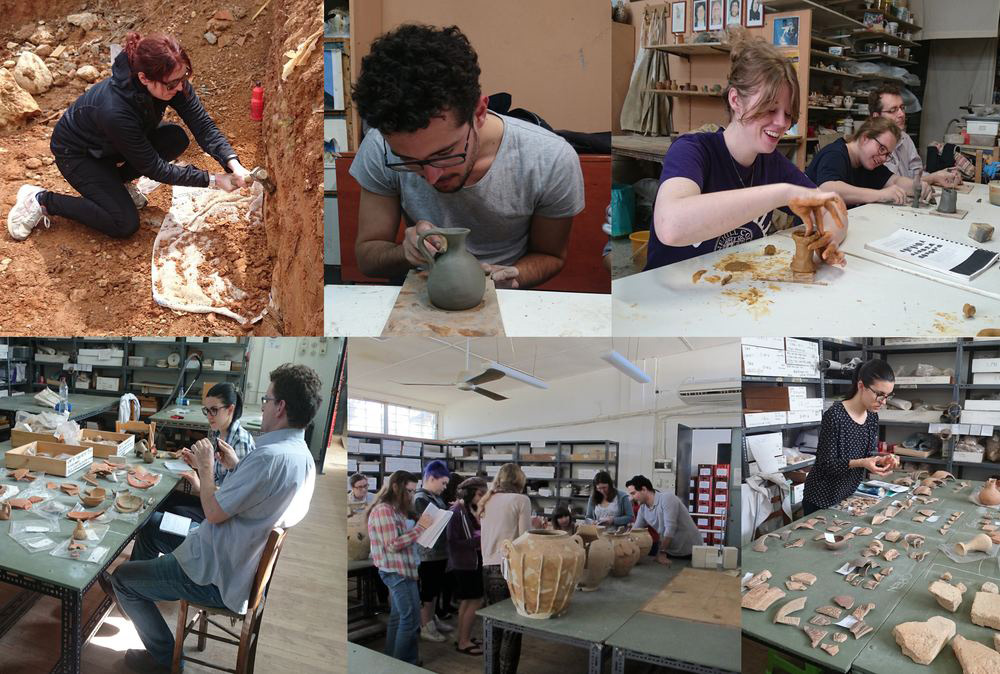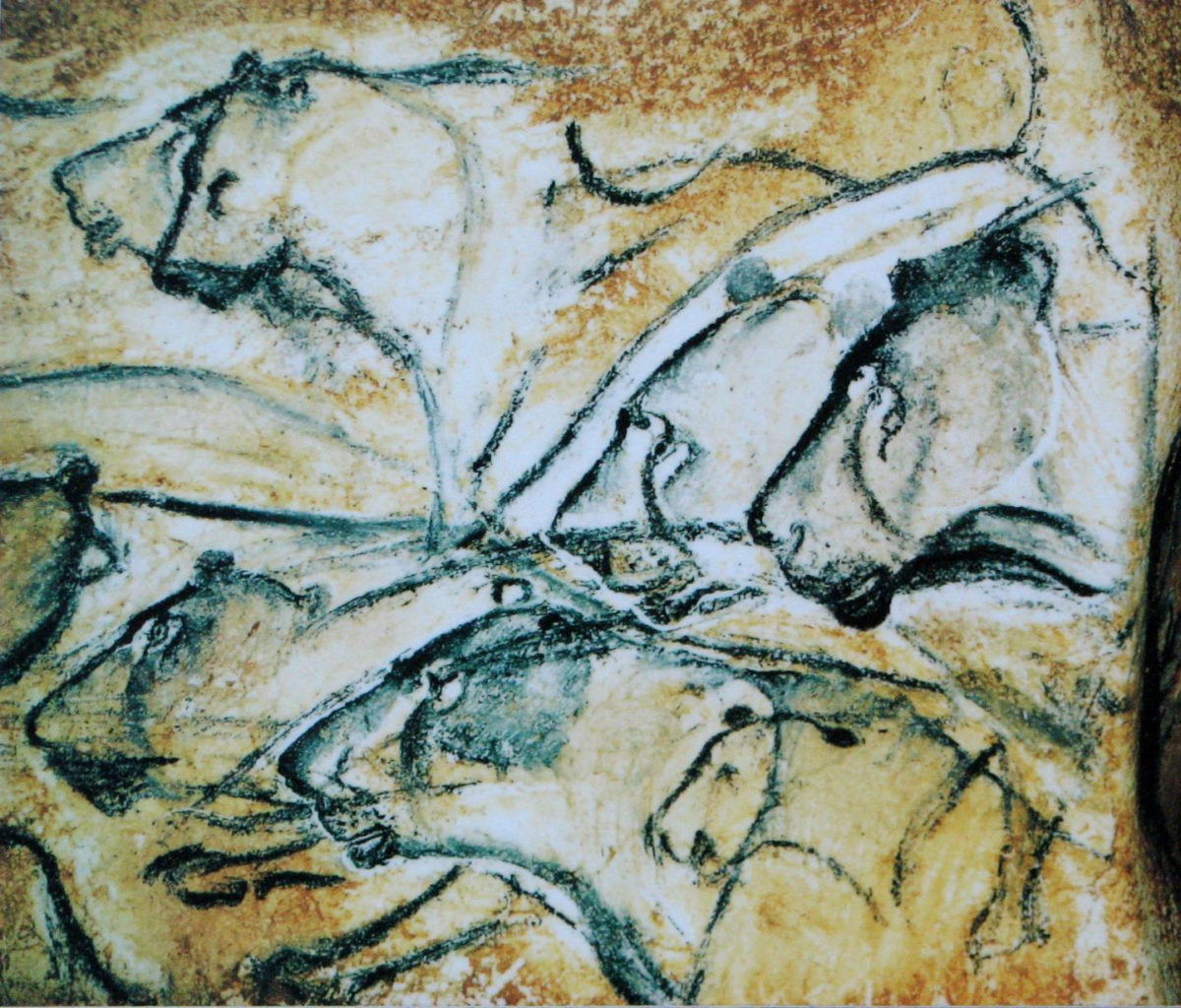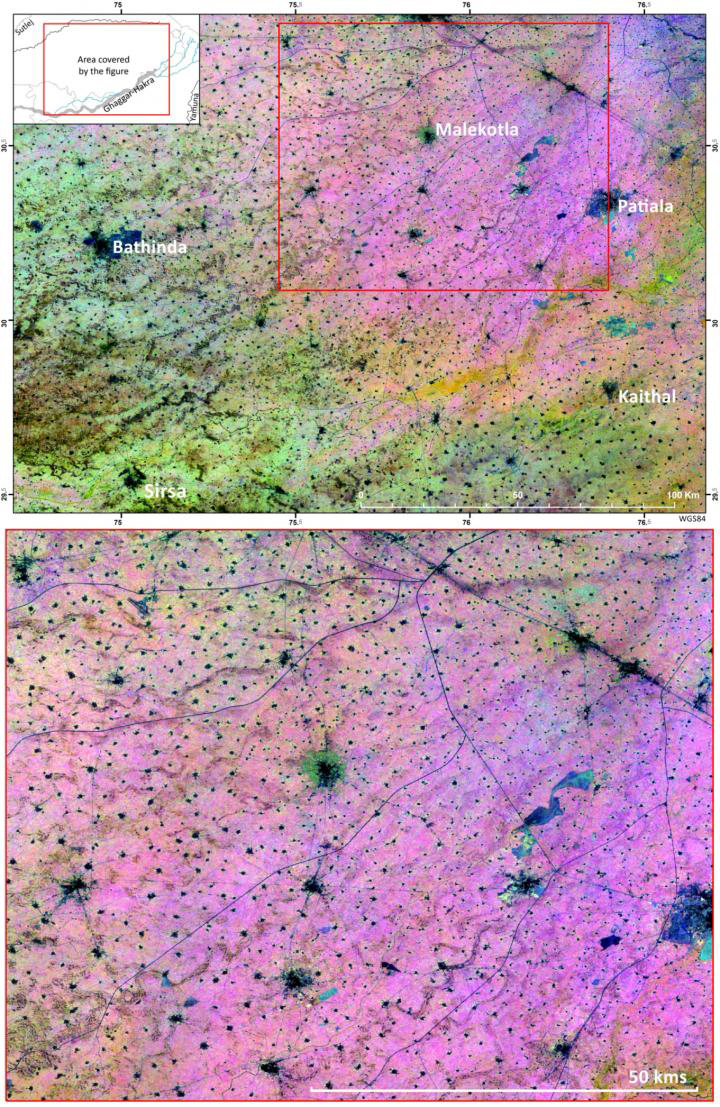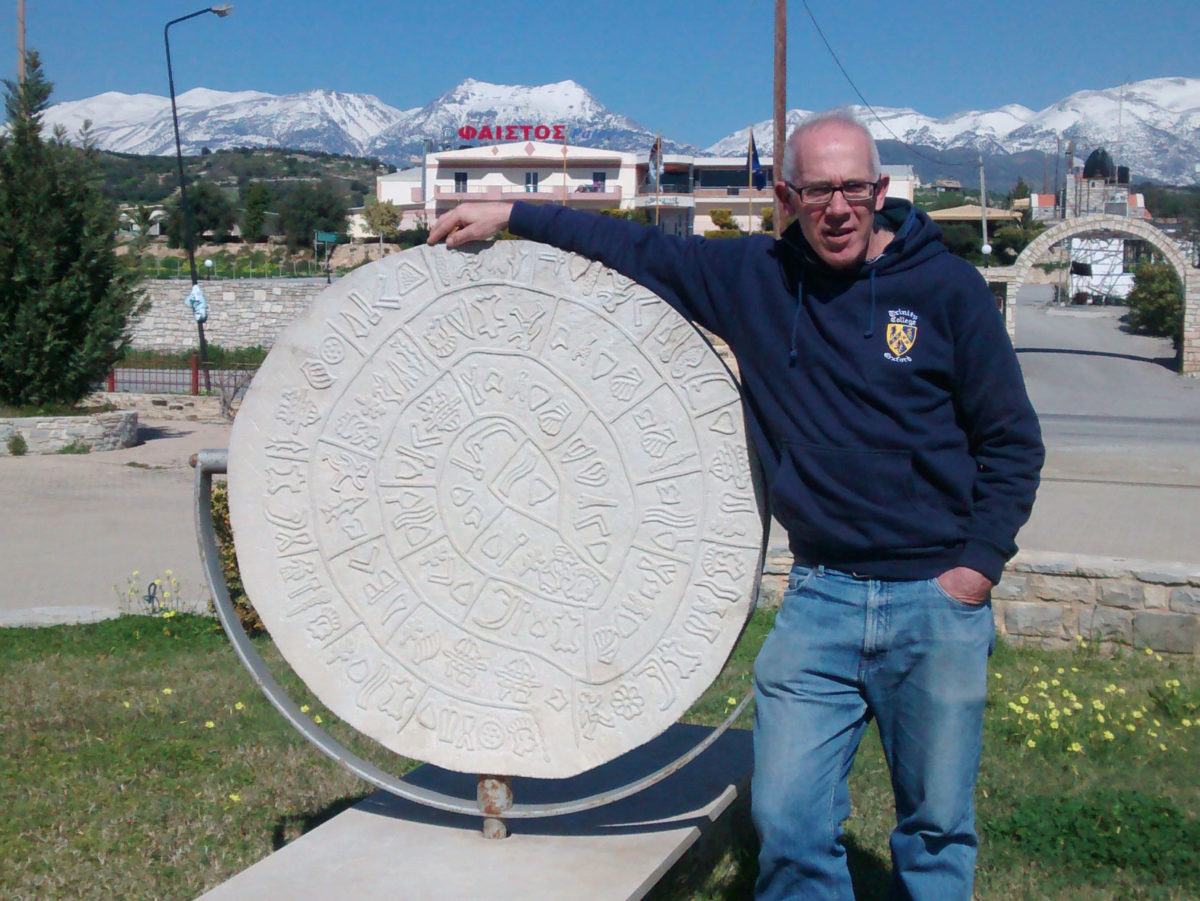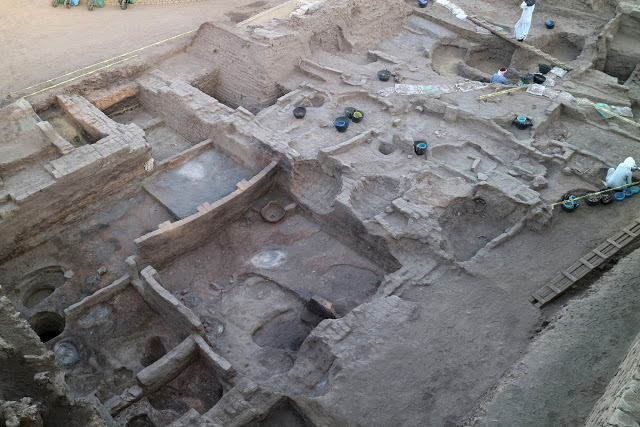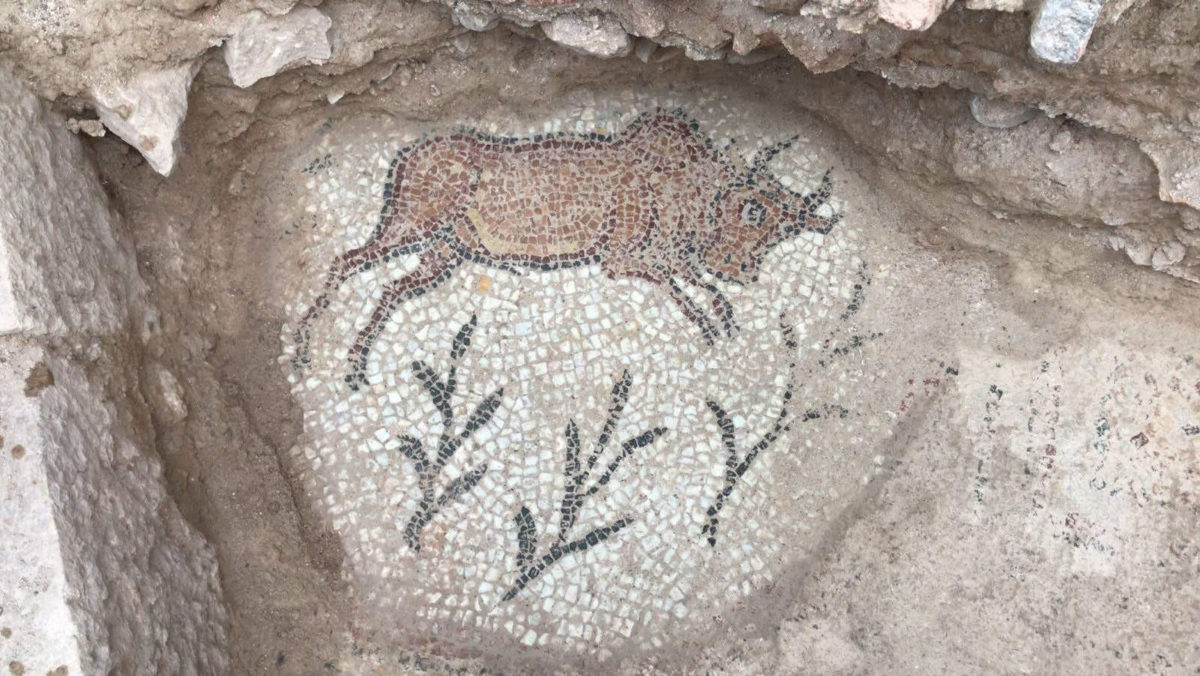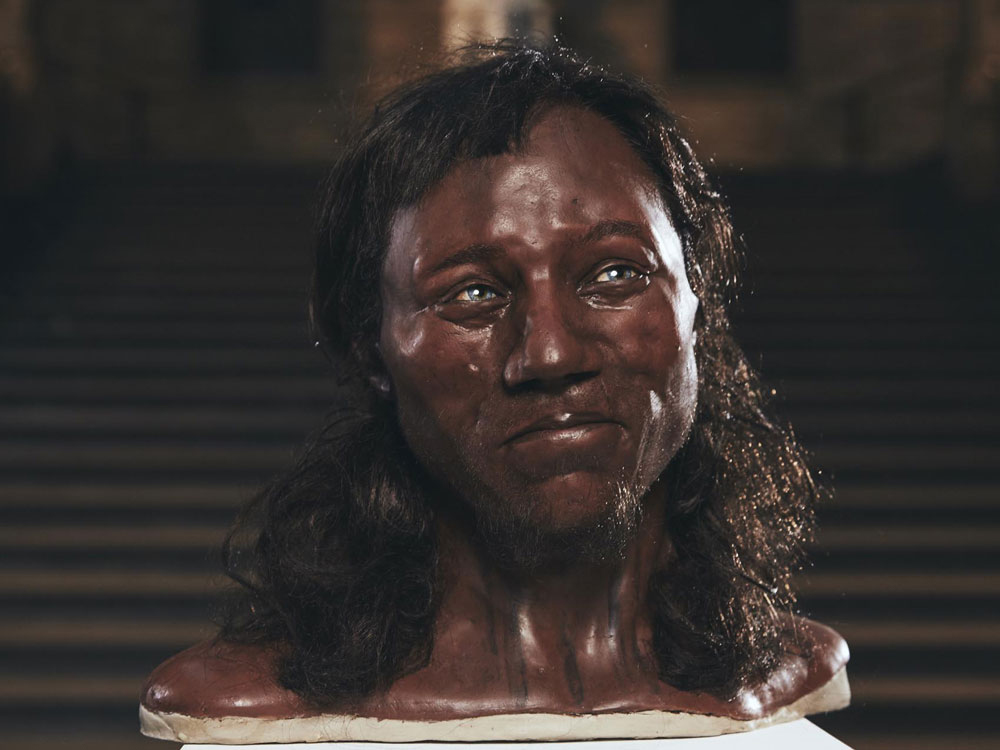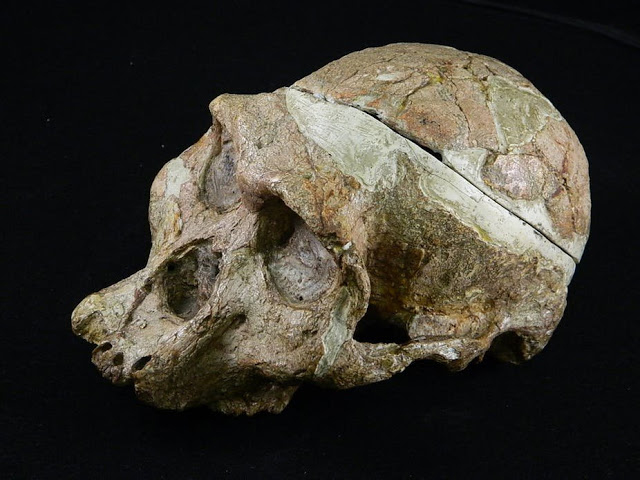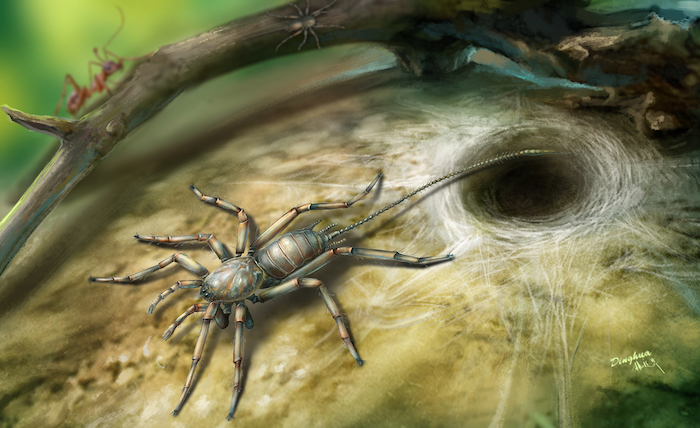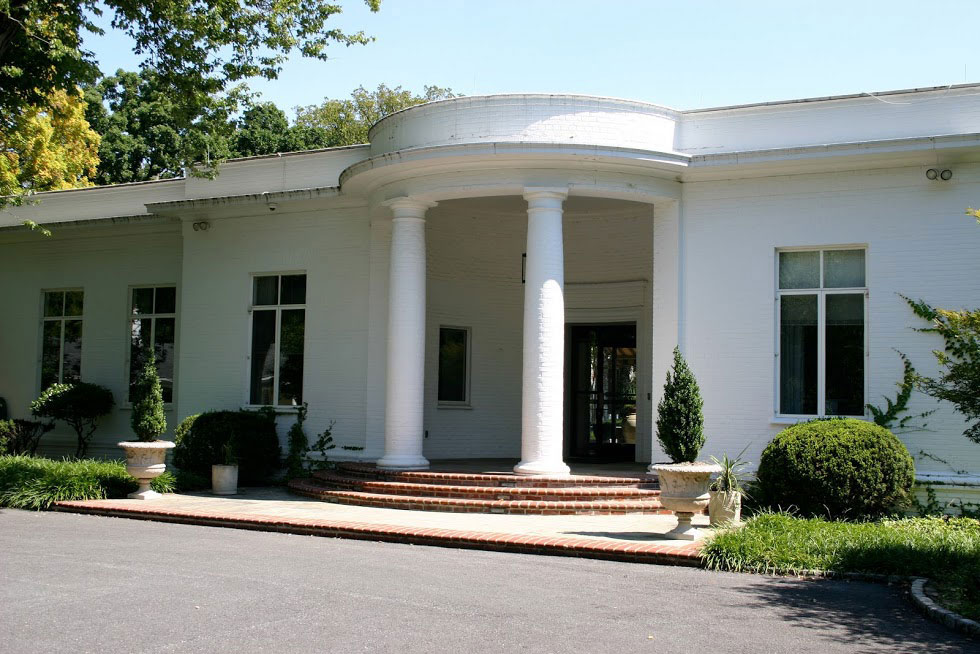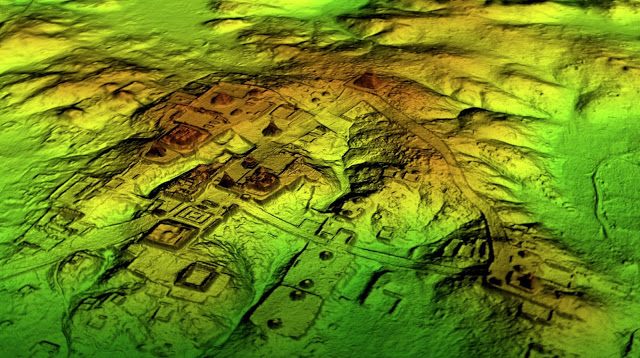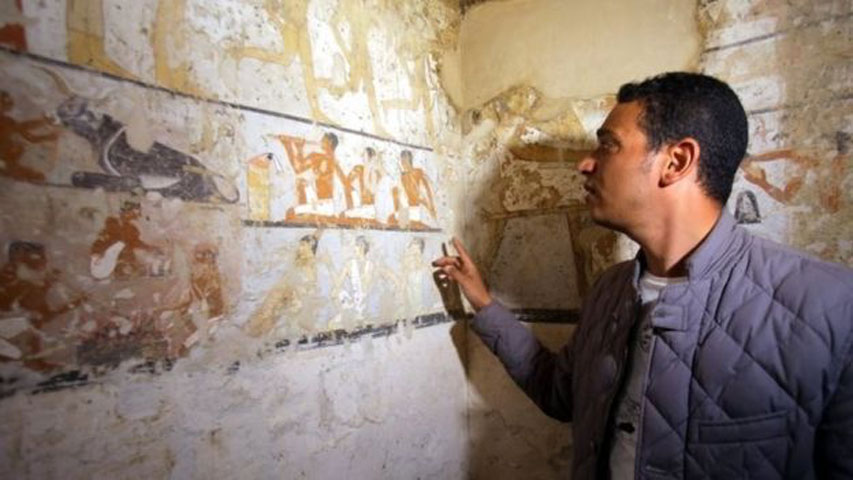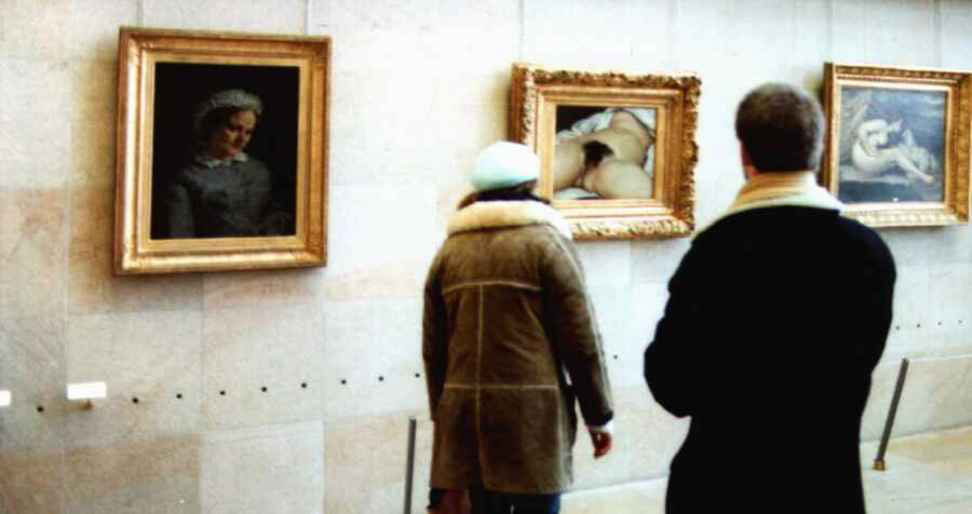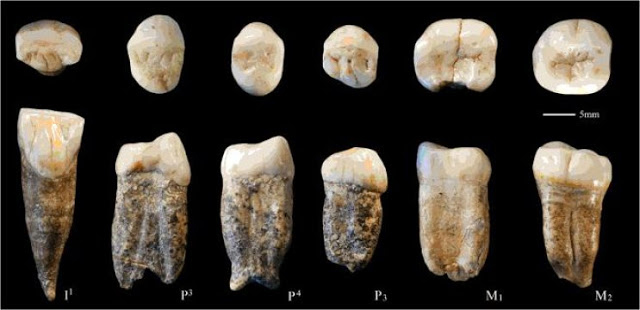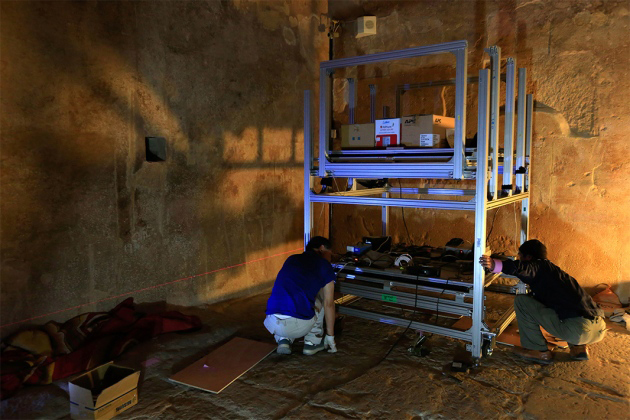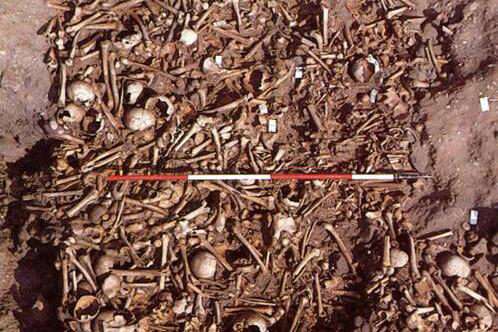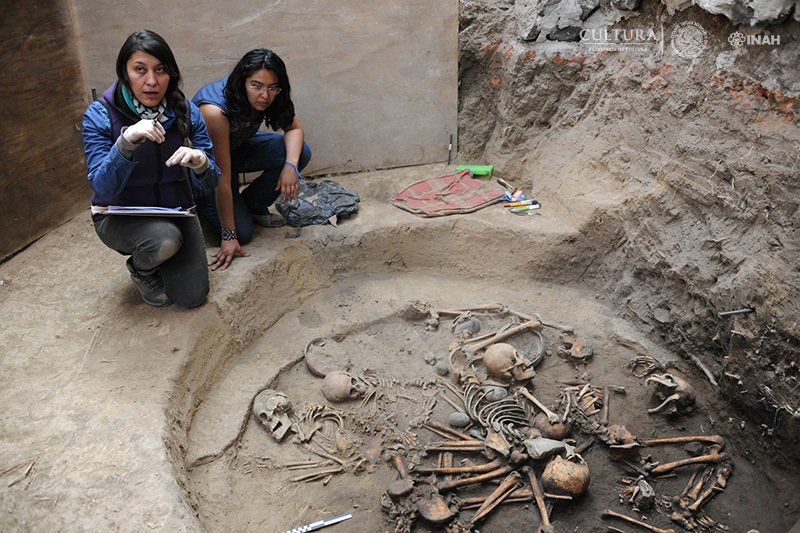Postgraduate Course in Prehistoric, Greek and Roman Pottery
The British School at Athens Greek and Roman Pottery Course will take place in 3rd-15th April 2018.
Neanderthals’ lack of drawing ability may relate to hunting techniques
Spear-throwing gave Homo sapiens better eye-hand coordination, smarter brains, UC Davis study suggests.
Micro to macro mapping
Cambridge archaeologists present a new algorithm, which is able to extract micro-topographic information at a variety of scales employing micro-, meso- and large-scale digital surface (DSM) and digital terrain (DTM) models.
Rapid land changes forecast for East African savannahs
A study, presenting a 5000-year environmental history of the popular tourist destination, Amboseli National Park in Kenya, has shown that the impact of climate change on land is more rapid than previously thought.
International Byzantine Greek Summer School
The course allows early learners to engage with original Byzantine texts from the start.
The Phaistos Disk refers to the goddess of love who glows and grows dim
Side Α of the Phaistos Disk speaks of the pregnant goddess who glows and side B about the goddess who grows dim, according to G. Owens.
Unknown language discovered in Southeast Asia
A previously unknown language has been found in the Malay Peninsula by linguists from Lund University in Sweden. The language has been given the name Jedek.
Newly discovered buildings reveal clues to ancient Egyptian dynasties
The archaeological excavation of an ancient Egyptian city at Tell Edfu has discovered well-preserved settlement remains dating to an important turning point in ancient Egyptian history.
Cockroach history traced back to last supercontinent
A research team from the Okinawa Institute of Science & Technology has carried out the first molecular dating on cockroaches in order to map their biogeographical and evolutionary history.
Child aids paleontologists in discovery of new ancient fish species
UAlberta paleontologists find new fossil species in Colombia with the help of young tourist.
Old Church of Anatolia discovered in Hadrianapolis
Archaeological excavations in the ancient city of Hadrianapolis (Paphlagonia) in the Black Sea revealed a 1,500-year-old structure
Face of ‘Cheddar Man’ revealed
The face of ‘Cheddar Man’, Britain’s oldest nearly complete skeleton at 10,000 years old, is revealed for the first time and with unprecedented accuracy by UCL and Natural History Museum researchers.
“Mrs Ples” Is Actually A “Mr”
New research finds about the skull discovered more than 70 years ago at the Sterkfontein Caves near Johannesburg.
Gareth Owens: “More than 50% of the Phaistos Disk has been deciphered”
"The Phaistos Disk is Minoan script in the form of a text, but it is also a work of art. That is its fascination. To me the Phaistos Disk is the bible of Minoan Crete," says Gareth Owens.
Remarkable spider with a tail found preserved in amber after 100 million years
An extraordinary new species of arachnid, resembling a spider with a tail, has been discovered in amber from Myanmar (formerly Burma), of mid-Cretaceous age, around 100 million years ago.
Digital Humanities Internship in Washington, DC
The Center for Hellenic Studies seeks interns to work for eight weeks in Washington, DC on the Free First Thousand Years of Greek project, a self-standing subset of the Open Greek and Latin Project.
Mapping the Maya
Technology that allows for digital deforestation has uncovered thousands of new Maya structures previously undetected beneath smothering vegetation.
Archaeologists look inside the tomb of an ancient Egyptian priestess
Cairo: Archaeologists reveal the recently discovered 4,000-year-old tomb of a high-powered Egyptian woman.
Is Facebook perhaps confusing art with pornography?
The reinstatement of Gustave Courbet’s painting ‟The origin of the world” before the French court.
First study of the only original fossils conserved of Peking Man
Scientists have just published a paper studying for the first time the original fossil remains conserved of Peking Man.
Egypt starts radar scans for secret chamber behind King Tut’s tomb
Egypt's Antiquities Ministry said Thursday that archaeologists are starting “decisive” radar scans of the tomb of famed pharaoh Tutankhamun in the southern city of Luxor.
Radiocarbon dating reveals mass grave did date to the Viking age
A mass grave uncovered in the 1980s dates to the Viking Age and may have been a burial site of the Viking Great Army war dead.
Spiral circle of linked human skeletons discovered at Pre-Aztec burial site in Mexico
A spiral formation of human remains has been unearthed in an ancient burial pit during excavations at a Pre-Aztec village in the South of Mexico City.
Graphic Display. Form and Meaning in Greek and Latin Writing
Papers are invited that investigate any aspect of the relationship of “graphic display”, content, and audience response.
